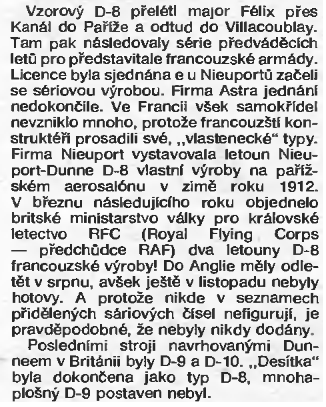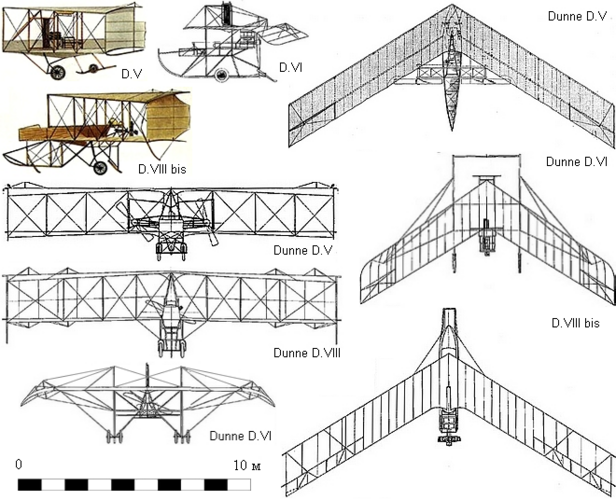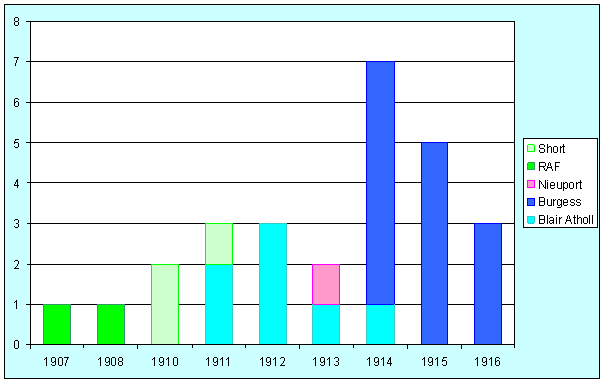First of all, Congratulations on the launch of your book steelpillow! I will be adding it to my (unfortunately long and growing) list of resources to purchase when I can afford them.
Secondly, since there are a number of posters here with more knowledge of Dunne and Early British aviation than I possess, I thought I might get their opinions on this:
Alfred Gollin, The Mystery of Lord Haldane and Early British Military Aviation, Albion: A Quarterly Journal Concerned with British Studies, Vol. 11, No. 1 (Spring, 1979), pp. 46-65

www.jstor.org
The link is to an article from the Albion Journal from 1979, stored on JSTOR. I came across it a couple years ago.
For those who don’t want to take the time to read it or don’t have a JSTOR account I will attempt to summarize:
The article describes how Richard Haldane, then Secretary of State for War, was approached in 1907 by agents acting on behalf of the Wright Brothers, trying to secure government contracts for Wright machines. Haldane eventually responded that the Government was not, at that time, prepared to purchase aircraft from any private company, a statement later historiography would sometimes criticize him for. The article defends this decision at least partially on the basis that Haldane was not uninterested in aviation, but that he backed the wrong horse. Specifically, Dunne.
According to the article, by 1907 great things were expected from Dunne’s work. It was believed that the advantages of Dunne’s stable aircraft would allow the British to train an airforce much quicker than their rivals and with much more utility. Haldane is mentioned as viewing Dunne’s flying trials in Scotland and conversing with Dunne on aviation matters. It’s basically implied in the article that the promise of Dunne’s work caused all other avenues to be ignored for a time. With Haldane refusing to consider a Wright purchase (though, to be fair, the price was likely inflated compared to the value) and Capper supposedly downplaying Cody’s achievement of sustained flight in 1908 for the sake of his preference in Dunne’s designs (and a poor relationship with Cody). And that this singular focus, with the lack of a resulting useable product at the time, led to Haldane’s support for the end of Military aeronautical experiment for the time being.
Is there any truth to the articles assertions or is it mostly just speculative assertion?




